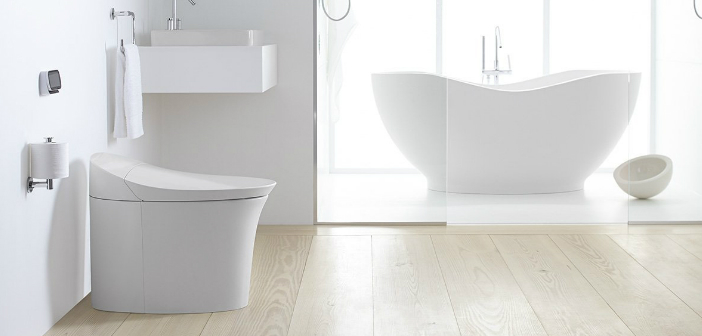10 Amazing Facts About the History of the Smart Home
Have you ever wondered who’s the first to come up with the idea of a smart home? What about the first home automation devices? Here are 10 amazing facts about the smart home history, to answer your questions.
Indulged into believing the story of our uniqueness, we rarely get to think past our originality and actually come to grips with the fact that often we face the debut of a reinvention. As most of you are familiar, there were video websites before YouTube, tablets before the iPad and touch-screen based smartphones before the iPhone. In fact, there was also virtual reality before the Oculus Rift and HTC Vive. Nevertheless, the aforementioned products managed to achieve the mainstream success, because of new innovation of technology that made them better than their original predecessors. In a similar fashion, the idea of a smart home dates back far before computers were around.
Ever since the dawn of time, people have been searching for new ways to make their everyday lives easier. However, the idea of an automated home didn’t become possible until the introduction of the electric power distribution in the early 1900s. After that a whole new array of appliances appeared, computer technology helped inventors think outside of the box and wireless connectivity truly shaped the smart home world we live in today. With that in mind, we decided to take a step back and take a look of how home automation shaped up throughout the years with the 10 most amazing facts about the history of the smart home.
The Dawn of Automation

While ease and simplicity have been at the forefront of numerous inventions throughout history, people didn’t being to widely implement automation until the dawn of the renaissance. By taking a simple glance at few of Leonardo Da Vinci’s concepts of automated concepts, you can see the foundation of many devices used for numerous applications today. However, he wasn’t the only one. One of the most notable times in the dawn of automation came with the invention of the loom by Jacques de Vaucanson in 1745, as well as the first fully automated spinning mill, driven by water power, by Richard Arkwright in 1771.
The Inventor of the First Thermostat
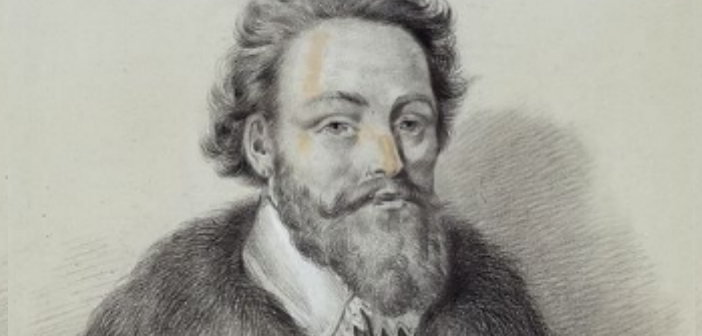
However, the beginning of smart home history can even be dated further, as the first ever thermostat was invented as early as 1620. While modern smart home thermostats allow you to do far more than keep a constant temperature, their roots date back to the thermostat used in the portable stove invented by Cornelis Drebbel. The thermostat worked by keeping the flow of fuel to an optimal level, thus ensuring a constant temperature. Of course, today, we are able to achieve almost any temperature we’d like in our house, just by screaming a few commands at our Echo. Nevertheless, what Cornelis Drebbel did in the 1620s, is the foundation of the technology we have today.
The First Sci-Fi Fully-Automated Homes

Multiple concepts of modern devices can be traced back to Sci-Fi works, including the mobile telephone. Even though there isn’t as strong of a connection between Sci-Fi and current smart home devices, popular science fiction is still often the inspiration for the technology we have today. That being said, the smart home history in Sci-Fi can be traced back in a general sense to 1888 and Edward Bellamy’s Looking Backward. In fact, a lot of the written word around the industrial revolution was connected to either a utopian or dystopian future of automation. However, a fully automated home wasn’t a major character in the plot of a story, until the 1950s. In the short story There Will Come Soft Rains, Ray Bradbury shares his conception of a computer-controlled house that is able to take care of the daily chores, including cooking and cleaning. While the ending of the story with the lack of the family inside the house is generally connected to a grim nuclear ending, the story itself is a curious look about the futurism of the past. Another Sci-Fi story in which Ray Bradbury put an automated home is a huge part of the plot is The Veldt in which a family lives in a house filled with machines that help the family do pretty much everything, including cooking, cleaning and even rocking them to sleep.
The First Automated Garage Doors

Today, we can’t imagine living without a garage door opener that opens the garage door for us automatically. However, at the start of the 20th century, this was only a concept. In fact, the first “float over door” designs appeared in 1902 and 1906 and were most notably pushed by American manufacturers, including Cornell Iron Works. A few decades later, in the 1980s, two unknown to each other inventors, invented the first remote controlled garage door openers by implementing the same technology that was used to detonate remote bombs in World War II. Although there were issues with security in the beginning, today’s openers use a wide array of safety features, including even fingerprint scanning.
The Importance of Home Automation Protocols and X10 Inventions in Smart Home History

Home Automation Protocols, including Z-Wave, Zigbee and BLE are at the core of modern smart home solutions. However, it wasn’t until the 1970s, when the first general-purpose communication protocol for electronic devices, X10, was developed. In fact, the first generation of smart home devices, including light switches and appliance controllers were powered by the 16 channel command console of the X10 products. The innovation brought forward by the X10 protocol in smart home history truly sparked a revolution in home automation. To this day, X10 is one of the leading protocols in home automation used by manufacturers and enthusiasts in the industry.
The First Roombas
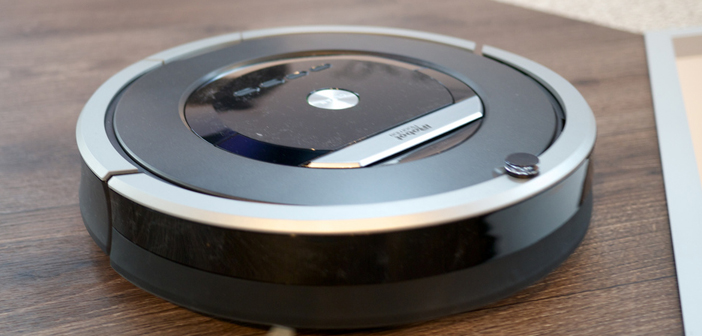
The Dyson’s 360 Eye robotic vacuum cleaner was praised as one of the best innovations on the market in recent years. However, the fact of the matter is that we are still a long way off before robotic vacuum cleaners can replace actual vacuum cleaning. Nevertheless, the current robotic sweepers that we have are still driving smart home technology and innovation forward. What’s more, the robot vacuums industry has seen a huge growth in the past couple of years. When it comes to smart home history, the first robot cleaner on the market was introduced by Electrolux in 1996. Later Dyson followed, by demonstrating their DC06 in 2001. However, it wasn’t until the Roomba was introduced by iRobot in 2002, that robotic vacuum cleaners truly start to become a staple in modern home technology. In fact, by 2014, over 10 million Roombas have been sold throughout the world market.
Disney’s Smart House (1999)
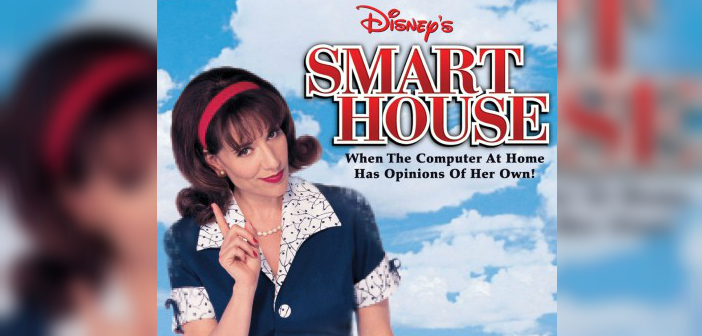
With the rise of the new wireless communication technologies and the appearance of the first robotic vacuums, the attention of the future of home automation grew within the mainstream media. This is most notable with the appearance of Disney’s Smart Home film from 1999. While a family friendly story, the movie heavily features on the possible issues that home automation might present, most specifically with AI. The concept is that the house, which can control everything, has a mind on its own and soon starts to behave as a controlling figure in the lives of its residents. With the growing innovation made in AI, the movie might present a relatively possible scenario for the future of home automation.
The First Smart Home Books

The Smart Home has become a prominent dream for many tech-savvy enthusiasts in the early 2000s. This marked the appearance of new books and guides, which helped one achieve a more easily automated home. Book, such as Easy X10 Projects for Creating a Smart Home published in 2005 and Linux Smart Home for Dummies may not be of that much value today, but they gave early enthusiasts the blueprint for a more easily connected home.
Microsoft’s Future Vision
The company that pretty much shaped the use of personal computers, alongside Apple, Microsfot have been prominent about their vision of the future smart home ever since the 1990s. In a 1999 segment from Retirement Living TV, you can quite clearly see the technology we have today, including web TV,location tracking, voice recognition and even a barcode scanner that adds items to your shopping list. In 2013, in an interview with the BBC, the company also presented some of the ideas they have with regard to the future of smart homes, including kitchen countertops with touch screen that will tell you the ingredients of your recipe, while recognizing the products that you already have and their weight, temperature and more. In a more recent take on the future, Microsoft has tackled the idea that in the future technology will be implemented in our everyday lives in an even more seamless fashion.
Samsung’s Vision of the Future
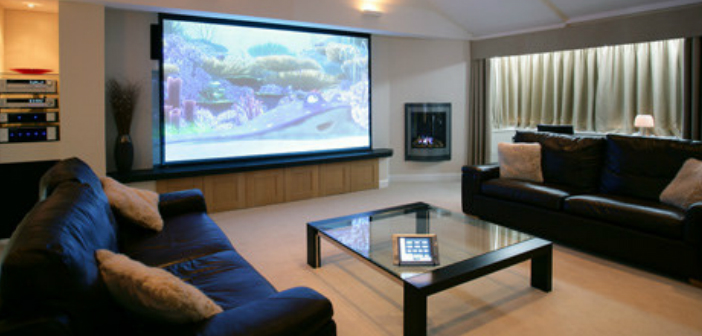
Recently, in 2014, Samsung also presented their vision of the future of smart home technology. While they presented a number of unique ideas, there wasn’t anything that out of the ordinary that we don’t already expect technology to bring us in the upcoming years. In a sense, Samsung viewed our future smart homes as a bunch of interconnected devices controlled by a single hub, which many smart home enthusiasts have already achieved to a point. In fact, the only notable difference between their presentation and the vision of Ray Bradbury in the 1950s is the fact that today we are far closer to having the automated home of our dreams, than we ever were in the smart home history and history of time.
We are living in exciting times in Smart Home history as the line between what is considered science fiction and science fact, is becoming blurry. While we don’t have flying cars and our robots still can’t properly cook, the basic idea of an automated home, controlled with your voice is already here.
For more info, news or inspiration about the Home Automation and Smart Home world, make sure to stay tuned to buildyoursmarthome.co
